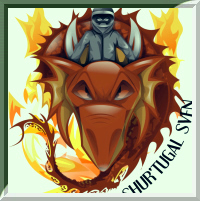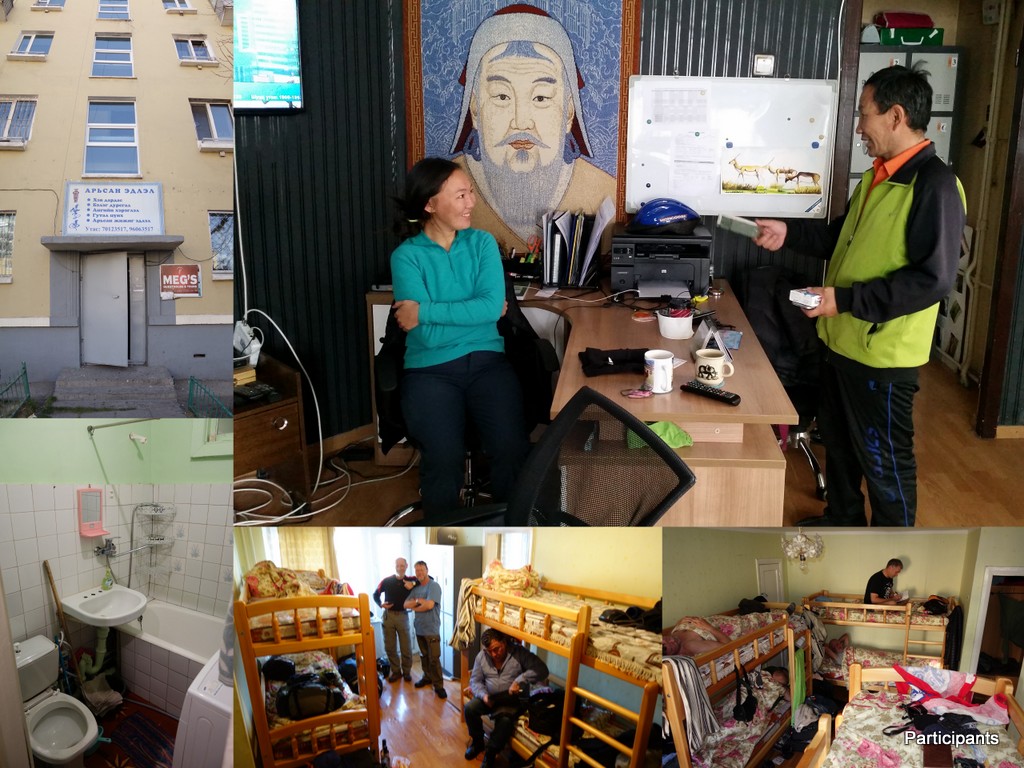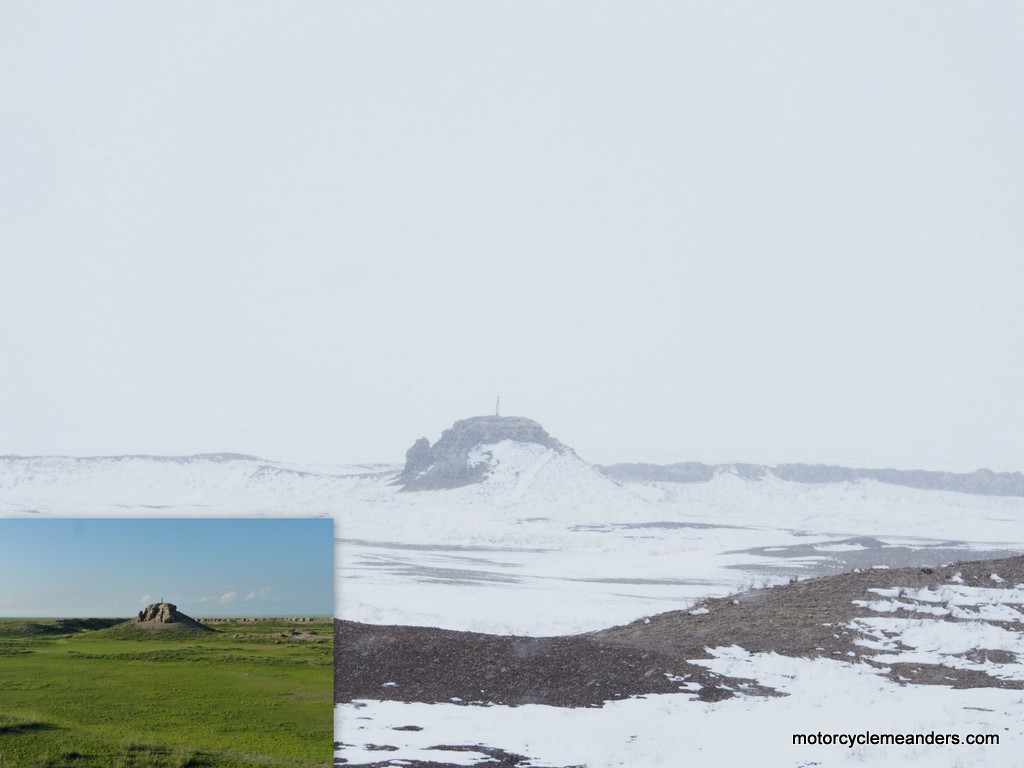
 |
|
Mongolia Ulaanbaatar, Orkhon Valley May 2015
Three Day Venture to Kharkhorin or Karakorum et al. As the subtitle indicates, this was a three-day exploration of a few areas of cultural and historic significance not too far west of Ulaanbaatar. It was undertaken as a prelude to the Mongolia motorcycle tour. Its genesis was to make a re-visit to the old Mongol capital of Karakorum, which I recalled visiting forty years previously. Yes, that’s right…in 1975! It soon morphed into something a lot more. Bits of research as background to the motorcycle tour quickly revealed a wealth of history in the Orkhon Valley, of which Karakorum is a part, that I considered directly relevant to any visit to western Mongolia. So a carefully planned agenda for a full-on three day round trip took shape. Seven of the ten of us undertaking the motorcycle tour had connections with one another from previous motorcycle tours, so it was almost automatic that all seven of us were in for this trip. Guide to the Tour I usually prepare guides of varying scope and quality for both meanders abroad and non-motorcycle meanders. They are all very different in structure and length reflecting the idiosyncrasies of each tour. This one focuses initially on Western Mongolia, where we would be motorcycling; and then includes a bit of history to provide a feel for and insight into the evolution of the Mongolian Steppes (the “steppes” being the vast grassland plains stretching from Europe to Asia, for the most part below the forests and above the deserts and mountains). In fact, much of it is perhaps more pertinent to this three-day tour undertaken prior to the motorbike segment. Click here to access my Short Guide to Western Mongolia Tour. Meg and Her Guesthouse
That’s all water under the bridge, of course. However, it all seemed to smooth the way to do a fair bit of adjusting to plans to ensure we saw all the places of interest I had identified. The package came to include pick-up at airport and accommodation at “Meg’s Guesthouse” in downtown Ulaanbaatar. Meg’s Guesthouse was an experience. We spent three nights in all in what would have been a small one-bedroom, Soviet-built apartment in its previous incarnation. Accommodating seven of us in three double bunk beds in what would have been the living/dining area; and a bed in a tiny bedroom, managing with one bathroom, was quite an experience. Fortunately, we all interacted amiably and basically enjoyed the experience. It helped that we had, in effect, Meg’s undivided attention. She took us for a great breakfast, introduced us to the close-by large department store and, as planned, met us all on our various flights into Ulaanbaatar. She also accompanied us on our three-day tour. Our Objectives
Further along the Orkhon Valley were two other sites of historic significance. One was the former Uyghur capital at Khar Balgas, once a sprawling metropolis from where the Uyghur kingdom ruled the steppes before the Mongols became dominant; and before they (the Uyghurs) were eventually driven into today’s Xinjiang Province of China. The other was the site of Turkic stone monuments commemorating early Turkic victories and which provide the earliest examples of the Turkic language. This is at Khöshöö Tsaidam. We also planned on the way back to Ulaanbaatar to stop at a set of ruins of a fortress not far from the main road which date to the Kitan Dynasty from 917 to 1120. It’s called Khar Bukhiin Balgas. The Journey
We headed west at a very early hour, having been brought hot breakfast rolls and coffee that Meg picked up on the way to collect us. It was bright but very chilly sunshine as we got our first experience of the vastness of the Mongolian Steppe. The weather augured well for our three days across the steppes. Hustain National Park Our first stop was a diversion into Hustain National Park noted for its wildlife, but particularly the reintroduction of Przewalski's horses (also known as takhi) – a wild horse native to the Asian Steppe but which had last been seen in the wild in Mongolia in 1966. Although it had become extinct in Mongolia, it had survived in zoos and parts of the European Steppe to where it had migrated centuries ago. Khogno Khan
It was quite late by the time we had made our way off the road and across open country to the foothills of the mountains where we are to stay in a family ger (a sort of spare room for them). There were three gers together surrounded by the nomads’ sheep and goats, with a few cows, horses and Bactrian camels. The family stayed in one; and the other two were made available for travellers such as us.
As with Meg’s guesthouse, seven of us squeezed into the round ger. Six beds could fit round the inside perimeter while the seventh sat in the middle next to the livestock-dung fire.
Karakorum
With the whole landscape a foggy white, it wasn’t easy to identify all the remaining features, but the walls and stupa were distinguishable as was the vast surrounds with their vestiges of past glory. Best Laid Plans
Unfortunately, that was prevented by weather; and the third day, after a visit to Erdene Zuu, was straight back to Ulaanbaatar.
I can hardly call this a movie of the tour. It’s no more than a few random snippets. It’s only two and a half minutes but you might find it fun.
Photo Album Here is a photoalbum of the three day Mongolia/Orkhon Valley tour: Return to Top of Page Go to Non MC Meanders |


